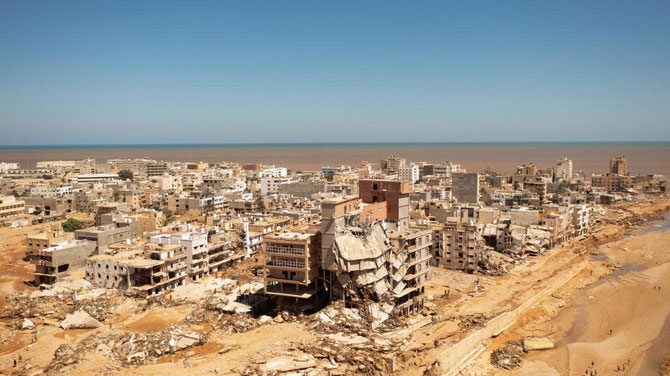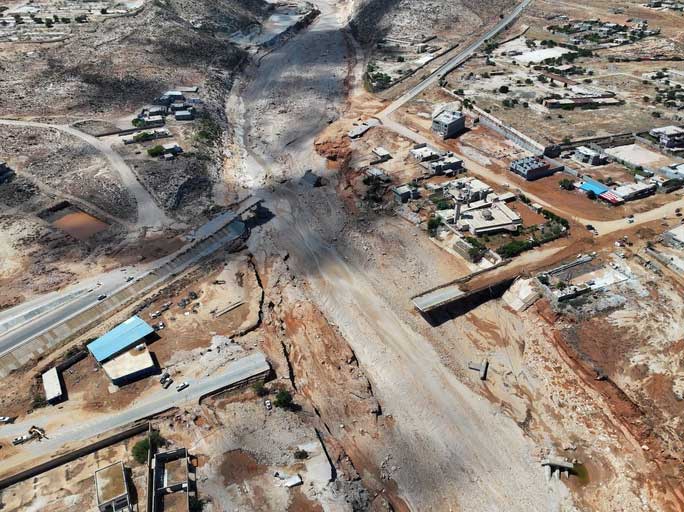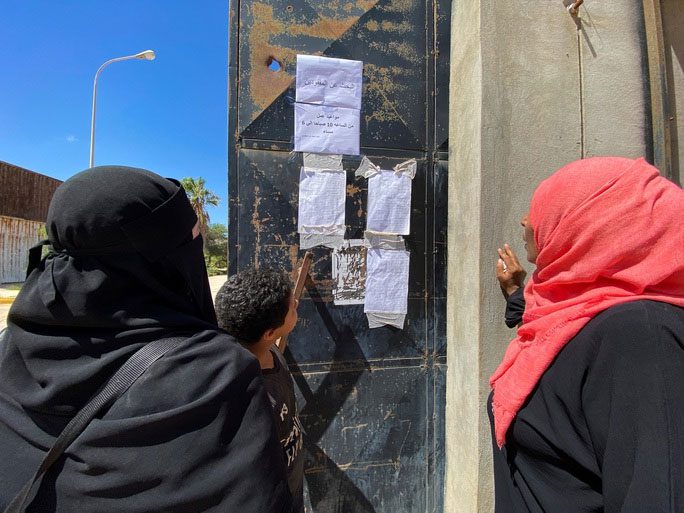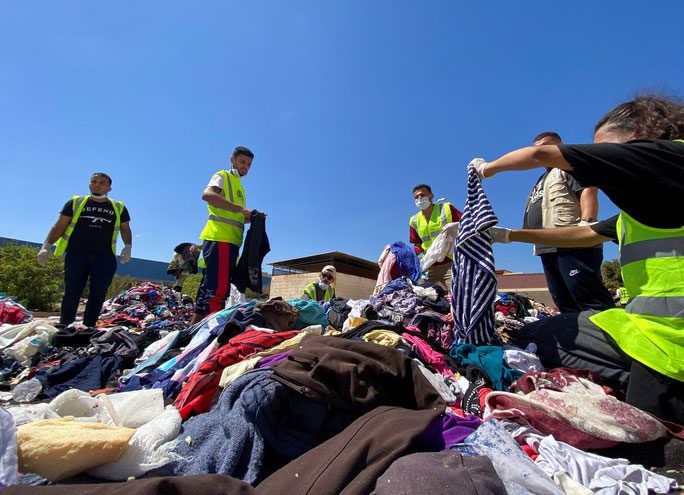The head of the International Federation of Red Cross and Red Crescent Societies (ICRC) in Libya has reported that the “tsunami” caused by the dam collapse could reach heights of up to 7 meters.
“This disaster is devastating. Waves as high as 7 meters swept buildings and infrastructure into the sea. Now, many families are missing loved ones, corpses are washing ashore, and homes have been destroyed,” described Yann Fridez, the head of ICRC in Libya.
According to him, it will take many months, if not years, to recover from this catastrophe. The ICRC has announced it will distribute 6,000 body bags to forensic teams in Benghazi, near the city of Derna, which is the epicenter of the disaster.

Desolate scene in Derna – (Photo: REUTERS).

Devastating destruction in Derna after the disaster – (Photo: REUTERS).
Meanwhile, former Libyan Minister of Health Binya Reida El Oakley described the situation to CNN as even more horrific. According to him, the “tsunami” caused by the dam collapse was as high as a six-story building, if not more.
Khaled Al-Shuwaihed, a Libyan citizen, told CNN: “All my friends are dead. One of my friends was filming from the top of the valley and he died. One of my friends had five children, and only one of them came to us.”
“In just a few seconds, the water suddenly rose. By the time we reached the fourth floor, the water was already at the second floor,” recounted an injured witness to Arab News, recalling the moment he and his mother tried to escape to a building as the flood surged.
Witnesses in Derna reported that the water had split the city into two halves, East and West, with 25% of the infrastructure destroyed right in the middle, where the “tsunami” swept through.
Rescue teams are still working to collect, identify, and bury the bodies. A few days after the disaster, the smell of death is overwhelming in Derna.

Residents of Derna checking the list of missing persons on September 14 – (Photo: REUTERS).

Egyptian military rescue forces working in Derna on September 12 – (Photo: REUTERS).

Volunteers organizing clothes to distribute to survivors – (Photo: REUTERS).
The ICRC stated that access to flood-affected areas remains a significant challenge due to destroyed roads.
However, on September 14, ships were able to reach the port in Derna to provide humanitarian aid to the area, according to the Libyan Maritime Transport and Ports Authority.
The United Nations Office for the Coordination of Humanitarian Affairs (OCHA) reported that at least $71.4 million is needed to assist 884,000 people affected by the disaster in Libya.
Meanwhile, Petteri Taalas, Secretary-General of another UN agency, the World Meteorological Organization (WMO), stated that most of the fatalities in Libya could have been avoided with normal weather forecasts, an alert system, and evacuation plans.
|
According to updates from Arab News, officials have reported that the death toll has now reached 11,300 and search efforts continue. The mayor of Derna, Abdulmenam Al-Ghaithi, previously stated that the number of fatalities in the city could rise to 20,000. Meanwhile, Marie El-Drese, Secretary-General of the Red Crescent Organization in Libya, mentioned that 10,000 people are still reported missing. |


















































